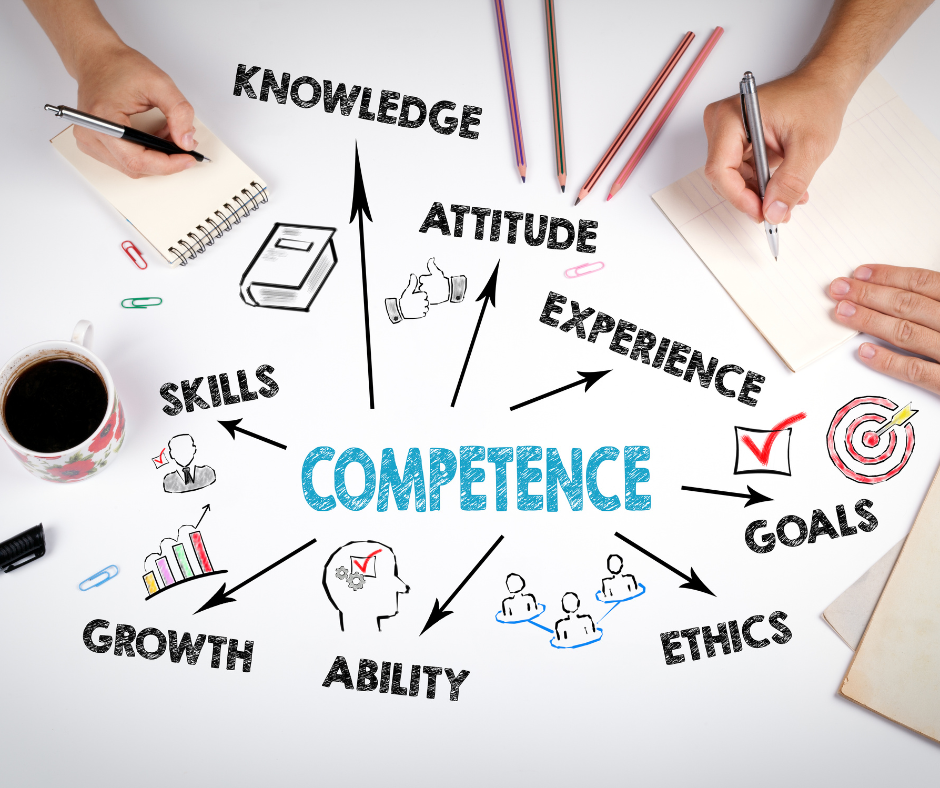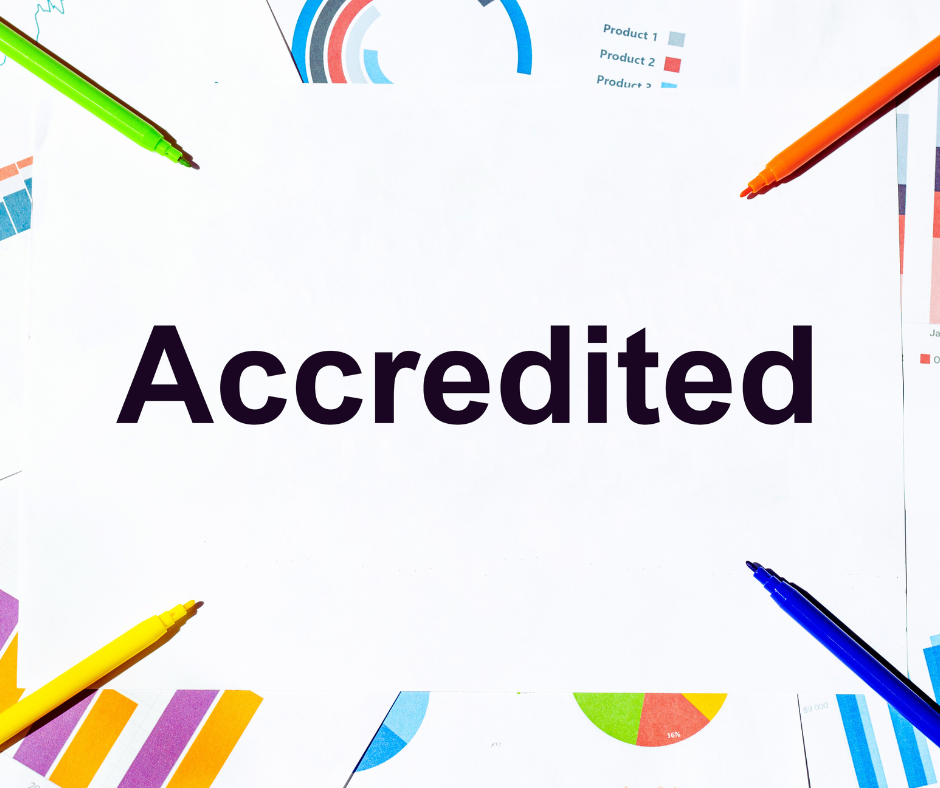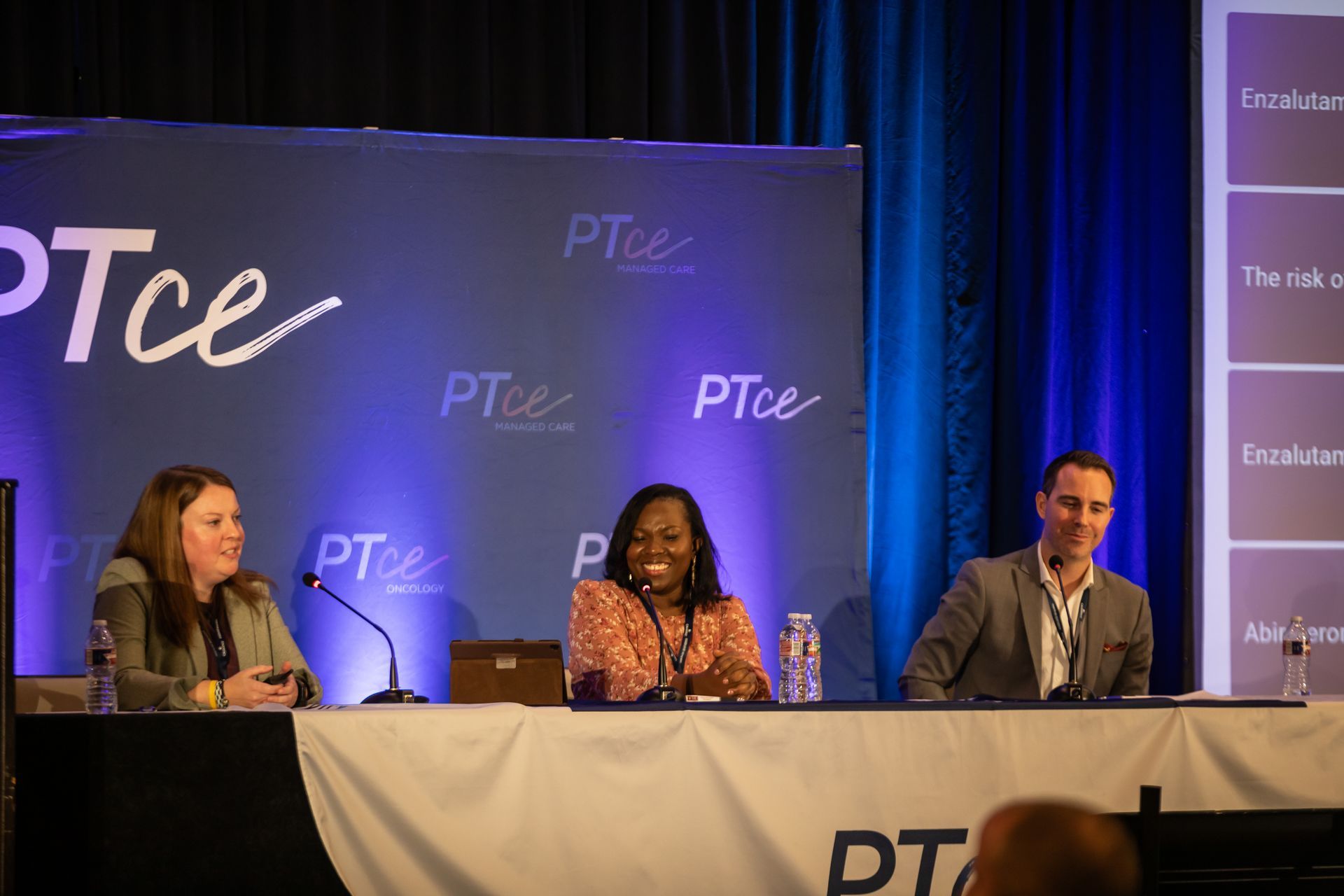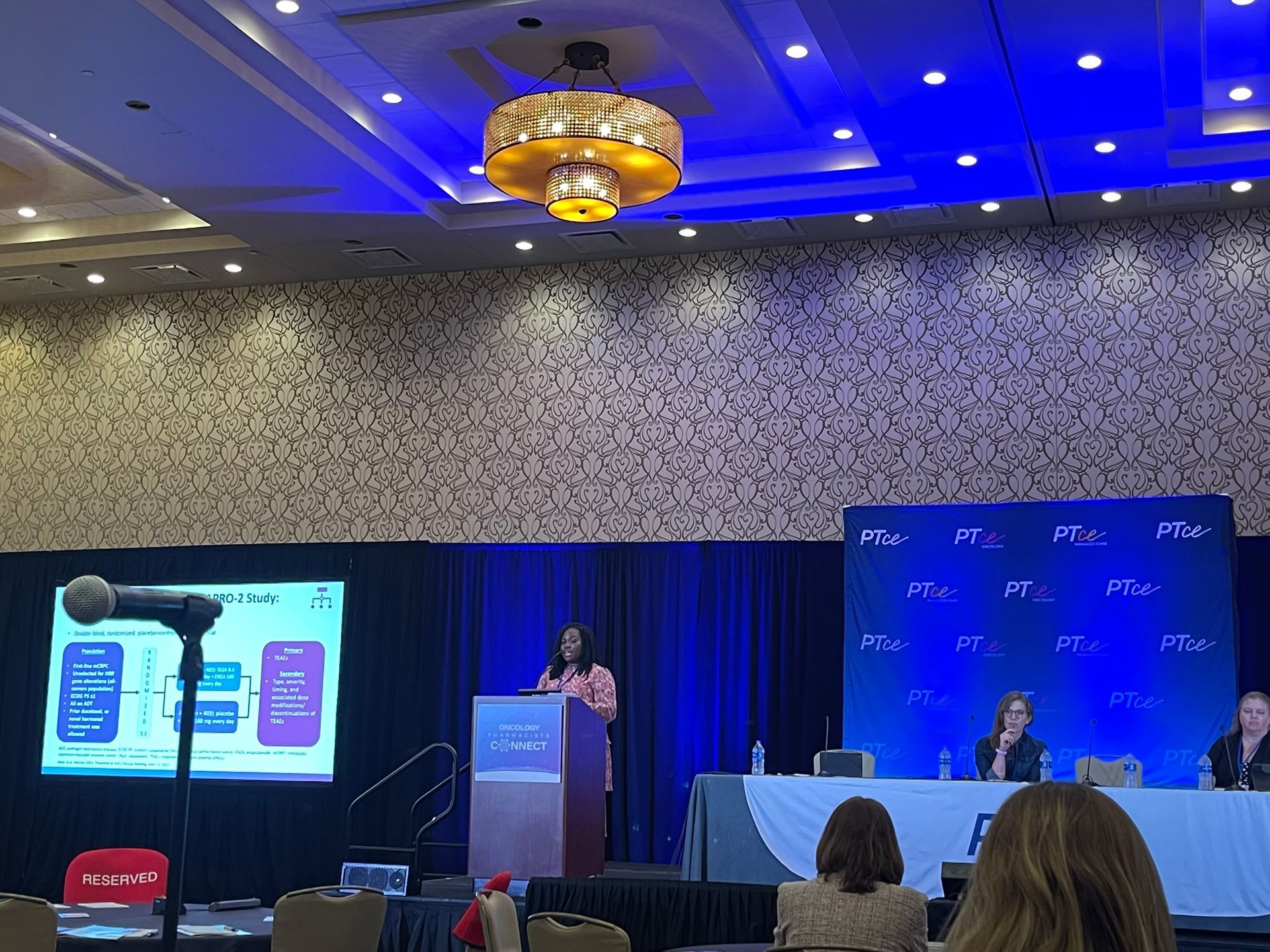Measuring The Impact Of Your CPE Programs: Metrics That Matter
Measuring The Impact Of Your CPE Programs: Metrics That Matter

Understanding The Importance Of Measuring CPE Program Impact
Understanding the importance of measuring the impact of Continuing Professional Education (CPE) programs is crucial for educational providers, organizations, and participants alike. In an ever-evolving professional landscape, where the need for skills enhancement is paramount, ensuring that CPE programs deliver tangible value is essential. Measuring impact helps in validating the effectiveness of the programs, identifying areas for improvement, and justifying the return on investment for both providers and participants.
For providers, having a structured impact assessment allows for continuous improvement in curriculum design and delivery methods. It ensures that the learning objectives align with industry requirements and that the programs remain relevant and competitive. By gathering and analyzing data on participant engagement, knowledge acquisition, and skill application, providers can fine-tune their offerings and demonstrate accountability to stakeholders.
For organizations, the impact measurement of CPE programs underscores their commitment to fostering a culture of continuous learning and professional growth. It enables them to evaluate whether their workforce is effectively translating new knowledge into practice, thereby enhancing overall performance and competitiveness.
Participants equally benefit from a better understanding of the impact of their learning experiences. Knowing how these programs enhance their competencies and career prospects can increase motivation and engagement, leading to greater professional satisfaction and success. Overall, measuring the impact of CPE programs empowers all parties to make informed decisions and fosters an enduring commitment to professional development.
Key Metrics For Evaluating CPE Program Success
When evaluating the success of Continuing Professional Education (CPE) programs, it's essential to identify key metrics that accurately reflect the program's effectiveness and impact. One crucial metric is participant engagement, as it provides insights into how actively involved attendees are during the program. Engagement can be measured through attendance rates, participation in discussions, or interaction with digital platforms during virtual sessions.
Feedback and satisfaction are also vital indicators, often gathered through surveys that assess the participants' satisfaction with the content, delivery, and relevance of the material to their professional growth. Learning outcomes offer another crucial metric and can be determined by pre- and post-assessments to gauge the knowledge acquired and skills developed during the course. The application of learned skills in the workplace is a more long-term metric, evaluating whether participants can effectively transfer the knowledge gained to their professional roles.
Monitoring career advancement and professional development post-program can also hint at the program's success, as CPE aims to enhance career trajectories. Lastly, Return on Investment (ROI) assesses the financial efficiency of the program by comparing the costs of running the program against the benefits perceived or realized by both participants and the organization. Taking these metrics into account ensures a comprehensive evaluation of the CPE program's impact and success.
Data Collection Methods For CPE Program Assessment
When assessing the impact of Continuing Professional Education (CPE) programs, effective data collection methods are essential for obtaining meaningful insights. One fundamental approach is surveys and questionnaires administered to participants both before and after the program. These tools can gauge changes in knowledge, skills, and attitudes, allowing organizations to measure learning outcomes and overall satisfaction. Surveys can be meticulously tailored to probe specific areas of interest and can utilize both quantitative and qualitative questions to provide comprehensive feedback.
Another valuable method is performance assessments, which involve evaluating participants' abilities through real-world tasks or simulations. These assessments can highlight how well the knowledge and skills acquired are being applied in practice. Observations, whether direct or through video recordings, offer an in-depth understanding of the behavioral changes in participants, providing a qualitative vantage point to complement quantitative data.
Interviews and focus groups offer rich qualitative data by delving deeper into participants' experiences and perceptions, uncovering nuanced insights that standardized surveys might overlook. Additionally, analyzing learning analytics from digital platforms can provide quantitative data on engagement patterns, completion rates, and time spent on various modules, offering an objective measurement of participation.
Employing a mixed-methods approach, which combines these quantitative and qualitative data collection techniques, allows for a more robust and reliable assessment of CPE programs, ensuring that programs are delivering the desired impact and guiding future improvements.
Analyzing Participant Engagement And Satisfaction
When it comes to evaluating the effectiveness of Continuing Professional Education (CPE) programs, participant engagement and satisfaction serve as critical indicators. Understanding how engaged participants are and how satisfied they feel with the program enables educators and organizations to refine and enhance learning experiences. Participant engagement can be analyzed through both quantitative and qualitative metrics. Quantitatively, metrics such as attendance rates, participation in discussions, completion of assignments, and login frequency during online sessions provide clear insights into engagement levels.
Qualitatively, analyzing the depth of interaction in forums or group activities, as well as the quality of contributions made by participants, can offer valuable information about their engagement with the material.
Satisfaction, on the other hand, is more subjective but equally important. Gathering feedback through surveys, polls, and interviews can help gauge participants' perceptions of the program. Questions may focus on the relevance of content, understanding of material, effectiveness of the instructor, and overall learning experience. Analyzing trends in this feedback can reveal areas that are highly valued and those that require improvement.
Satisfaction often correlates strongly with the applicability of the knowledge gained and participants’ expectations being met. By effectively measuring engagement and satisfaction, organizations can iteratively enhance their CPE programs, ensuring they remain relevant and impactful for all participants.
Measuring Learning Outcomes And Knowledge Retention
Measuring learning outcomes and knowledge retention is a crucial aspect of evaluating the effectiveness of Continuing Professional Education (CPE) programs. It involves assessing not only the immediate understanding of the subject matter by the participants but also their ability to retain and apply this knowledge over time. One effective approach to measure learning outcomes is through pre- and post-assessments, which help in quantifying the knowledge gained during the program.
These assessments can take various forms, such as quizzes, written tests, or practical demonstrations of skills acquired, providing a snapshot of how much participants have learned.
Furthermore, evaluating knowledge retention requires a longer-term perspective. Follow-up assessments administered at regular intervals after the completion of the program can help to determine how well the participants have retained the information. These evaluations can be complemented by surveys or interviews to gather qualitative data on how participants are applying the knowledge in their work environments, which can also offer insights into real-world effectiveness.
In addition, tracking behavioral changes and improvements in job performance can be indicative of successful knowledge retention. Collecting feedback from employers or colleagues can offer an external perspective on how participants are integrating their new skills into their professional practices. By combining quantitative and qualitative methods, organizations can form a comprehensive picture of how well their CPE programs are achieving desired learning outcomes and supporting ongoing professional growth.
Leveraging Feedback For Continuous Improvement In CPE Programs
To ensure the continuous improvement of Continuing Professional Education (CPE) programs, leveraging feedback is an indispensable strategy. Feedback serves as a critical tool that enables educators and program developers to gain insights into the effectiveness of their offerings. By actively soliciting participants' opinions, CPE programs can identify strengths and areas for enhancement, fostering an environment of ongoing development and adaptation. Collecting feedback at various stages—during and after the completion of the course—is essential in capturing immediate impressions and reflective insights, providing a well-rounded perspective on the program’s impact.
The feedback should be systematically analyzed to uncover trends and recurring themes that might indicate a need for curriculum adjustments or changes in delivery methods. This process involves more than just evaluating participants' satisfaction; it requires examining the alignment between learning objectives and outcomes. Engaging with feedback also involves an element of iteration, where adjustments are made based on the insights gained and new data is collected in an ongoing cycle of enhancement.
Moreover, fostering an open feedback culture encourages participants to share honest and constructive comments, contributing to a more collaborative learning environment. Ultimately, leveraging feedback effectively not only leads to the improvement of individual programs but also enhances the overall quality and reputation of CPE offerings, ensuring they meet the evolving needs of professionals.
📩 Contact us today to explore tailored solutions for your ACPE accreditation preparation or content development!
🔗 Visit Community RSG to learn more and take your pharmacy education to the next level.
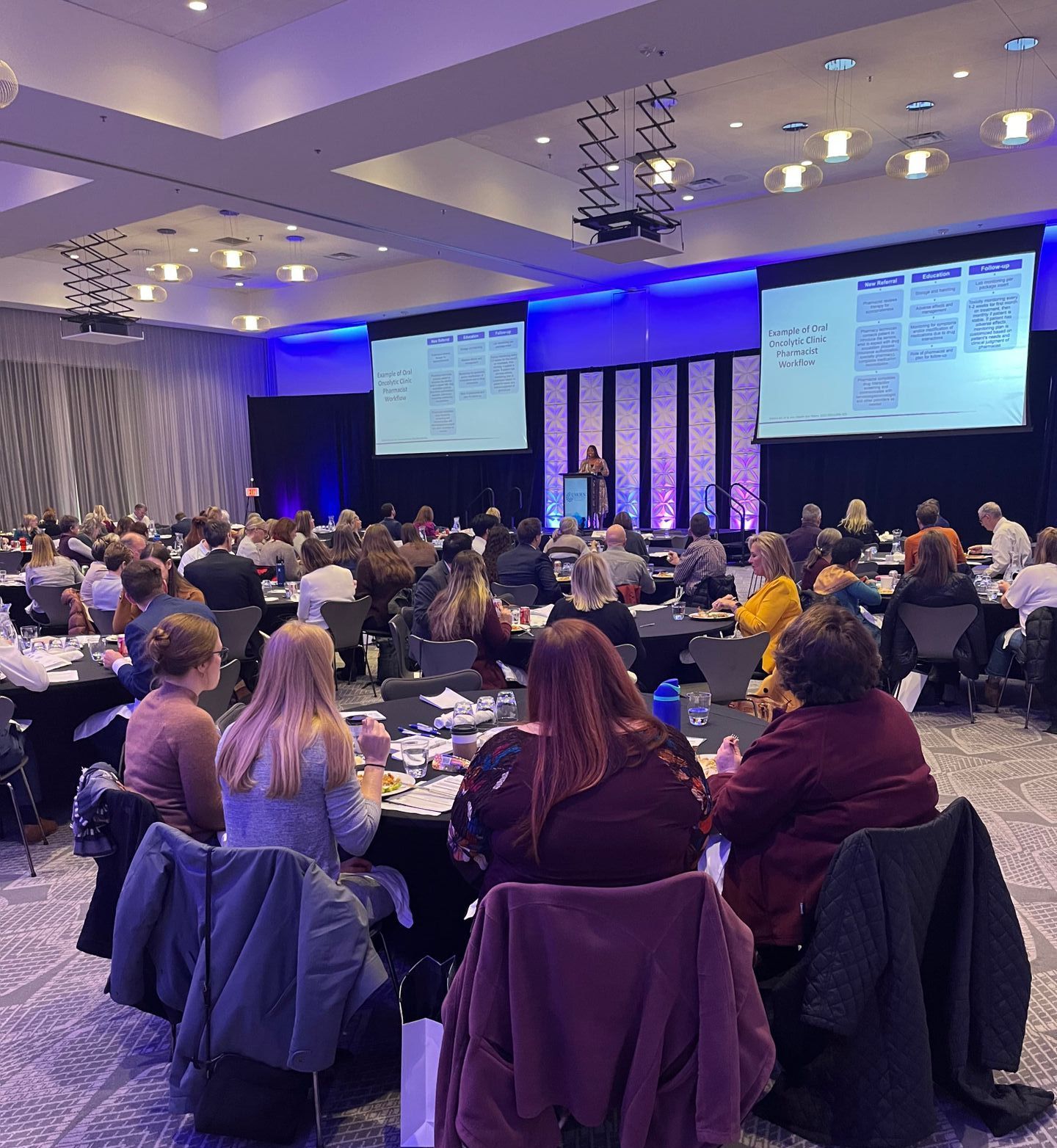
Slide title
Write your caption hereButtonSlide title
Write your caption hereButtonSlide title
Write your caption hereButton
Blogs
Community Resource Solutions Group
Transforming Health Equity Initiatives with Proven Strategies and Insights.
Business Hours
Mon-Fri 9 am-5 pm
Houston, TX
TeL: 346-436-7986
MENU
STAY CONNECTED
Contact Us
We will get back to you as soon as possible.
Please try again later.



